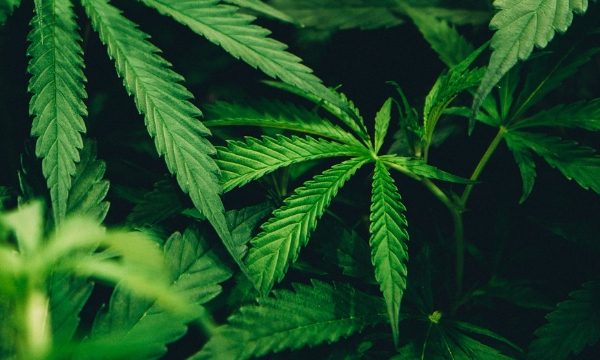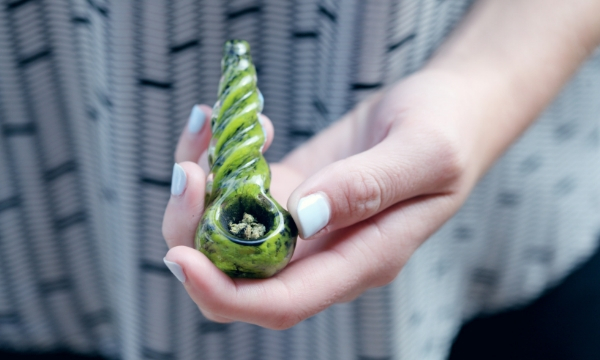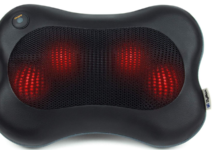Medical marijuana is legal in 30 states and recreational weed in 9 states. But aside from the legality aspect, it pays off to know the differences between medical and recreational cannabis so that you can stay on the right track. Let’s shed some light in the following on what else you need to know about their differences especially on purpose, laws, and usage.
About Medical Cannabis
Purpose

When talking about the differences between medical and recreational marijuana, you can start by knowing the purpose as to why people use medical marijuana. Basically, the main purpose is to treat a condition or alleviate the symptoms associated with a certain disease.
Some conditions medical cannabis can be used with include cancer, Alzheimer’s disease, appetite loss, eating disorders and PTSD. Other conditions it can help with include but not limited to nausea, pain, multiple sclerosis, and glaucoma.
Some patients also use it to reduce nausea and vomiting due to chemotherapy. On the other hand, CBD-rich cannabis strains are claimed to be useful in treating children as well as patients with schizophrenia and epilepsy.
Laws
- Before you could purchase weed for medical purposes, you should be at least 18 years. However, there are cases when people below 18 can apply and have a medical marijuana card, but the rules vary from state to state.
- You can also buy and obtain medical marijuana at a licensed marijuana dispensary with your MMJ card or be listed to a medical cannabis database before you could buy.
- You should obtain a recommendation from a physician and are suffering from one of the qualifying conditions to use medical weed. Each state has its list, so you should check it with yours.
- When carrying medical cannabis, you should always have your card or a copy of the recommendation with you.
Usage
- In most cases, medical cannabis has higher CBD content than recreational weed, so users don’t feel the high that they would get from the latter.
- Patients can store and carry a 2-month supply of medical marijuana, usually 10 ounces or more based on prescription. However, they cannot possess the drug on school grounds because that’s illegal.
- It is not permitted to use medical marijuana in public.
About Recreational Cannabis
Purpose
People use recreational marijuana for the ‘high’ effect because it usually contains higher amounts of THC than medical weed has.
Law
- Before you could purchase recreational cannabis, you should be at least 21 years old. It should also be legal in the state where you’re buying and using it. If living in a state where it is legal, such as Colorado, and you’re over 21, you can just walk into a marijuana dispensary, show your driver’s license or any government-issued ID, and buy weed.
- In legal states, such as California, you can possess weed and grow it, too if you’re over 21.
- Marijuana possession and consumption is legal in New York state for adults 21 and over and has been for almost a year according to Newyorkstatecannabis.org.

Usage
- Going to a recreational marijuana dispensary is no different from walking into a medical one. But regarding usage, you should be aware of the potency of what you’re buying to be safe. For example, THC-infused marijuana concentrates and edibles could be potent and very psychoactive. For advice, ask the dispensary staff.
- Recreational marijuana users don’t have to get a doctor’s recommendation to buy weed. Thus, you don’t also need a medical card to purchase it.
- Recreational users can carry five grams of the concentrate or an ounce of flower in public or in the car provided it’s in a locked trunk, glove compartment or container and not driving. They can also have 10 ounces at home, but 9 ounces should be stored or locked away.
- It is illegal to use recreational weed in public.
Medical and Recreational in Different States
Concessions
Dispensaries allow concessions for patients. An example is in Colorado where patients can skip the 10% retail tax plus 15% excise tax that recreational users have to pay. Without even saying, cardholders give patients access to lower cost of medications. Other states offering tax breaks for MMJ cardholders/patients include,
- Maine
- California
- Alaska
- Washington
- Oregon
Limits
Another important aspect of the differences between medical and recreational cannabis use include potency limits. In general, medical cannabis users require higher strength cannabis than recreational users to alleviate their disease’s symptoms. In California, recreational cannabis dispensaries have a limit of up to 1,000 mg of cannabinoids/package of lotions or tinctures.
On the other hand, medical dispensaries have more leeway and higher thresholds. They can sell lotions or tinctures with up to a total of 2,000 mg. Aside from California, states, such as Nevada, Oregon, and Colorado also permit higher potency limits for patients in different potency degrees. On the other hand, the Washington State limits recreational marijuana edibles up to only 10 mg/serving, but some marijuana dispensaries can sell 25 mg edibles for MMJ patients.
Unfortunately, there is no medical dispensary in Alaska even if it has a medical program. Patients buy their cannabis at recreational dispensaries and have no option for a higher potency edible or marijuana product.
*Potency limits vary from one state to another.
MMJ Cards for Minor Patients
States with health programs allow minors to access medical marijuana but with caregiver assistance. However, the potency limits on cannabis oils and cannabis permitted CBD or THC vary from one state to another.
Some states allowing cannabis cards for minors include Montana, Florida, Vermont, Washington, and Delaware. Others are Minnesota, New Mexico, and New Jersey.
For more information on state medical marijuana program laws, click here. This resource, on the other hand, is a useful guide in medical marijuana laws by state.
There you have what to know about the main differences of medical and recreational cannabis in usage, laws, and purpose as well as certain differences per state. Hope today’s article has shed some light on this matter.













![Best Crochet Hooks for Beginners and Pros [2020 Update] best crochet books](https://www.awebtoknow.com/wp-content/uploads/2018/01/best-crochet-books-100x70.jpg)


